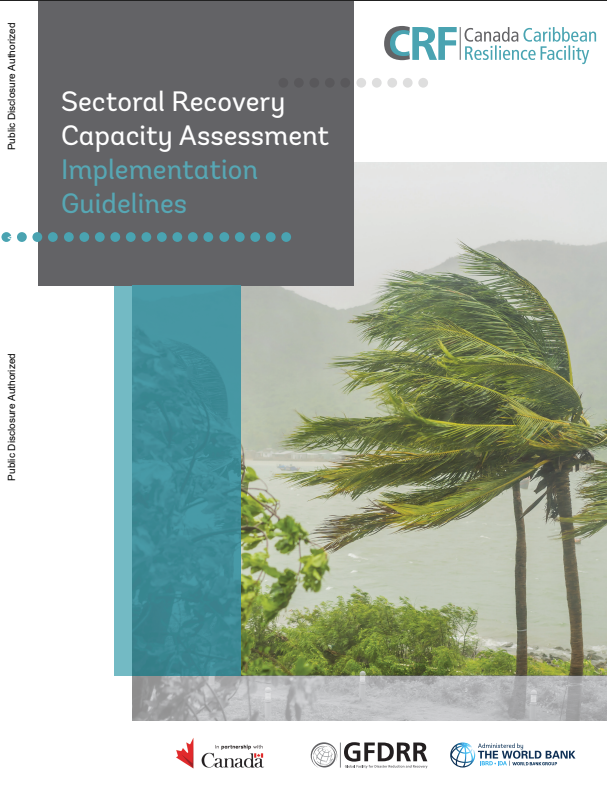The Caribbean region is highly prone to disasters, including hurricanes, earthquakes, droughts, flooding, and landslides. Higher temperatures, changing precipitation patterns, more frequent, intense, and extreme weather events, and sea level rise (SLR) resulting from climate change, further exacerbate disaster risk in the region. Major hazard impacts destroy infrastructure and property, result in losses from foregone output and incomes, and escalate costs as individuals and businesses are forced to work around disruptions. Disasters jeopardize hard–won national development gains and growth prospects, erode fiscal cushions, and disproportionately impact the wellbeing of the poor. Caribbean countries lost an average of 3.6 percent of aggregate Gross Domestic Product (GDP) per year Between 2000 and 2019 to damages related to natural hazards, compared to 0.3 percent in all emerging markets and developing economies (World Bank, 20212). Indeed, the economic cost of disasters in the Caribbean region is so high that it often exceeds the size of the economy of the countries affected.
Sectoral Recovery Capacity Assessment Implementation Guidelines
June 10, 2024

